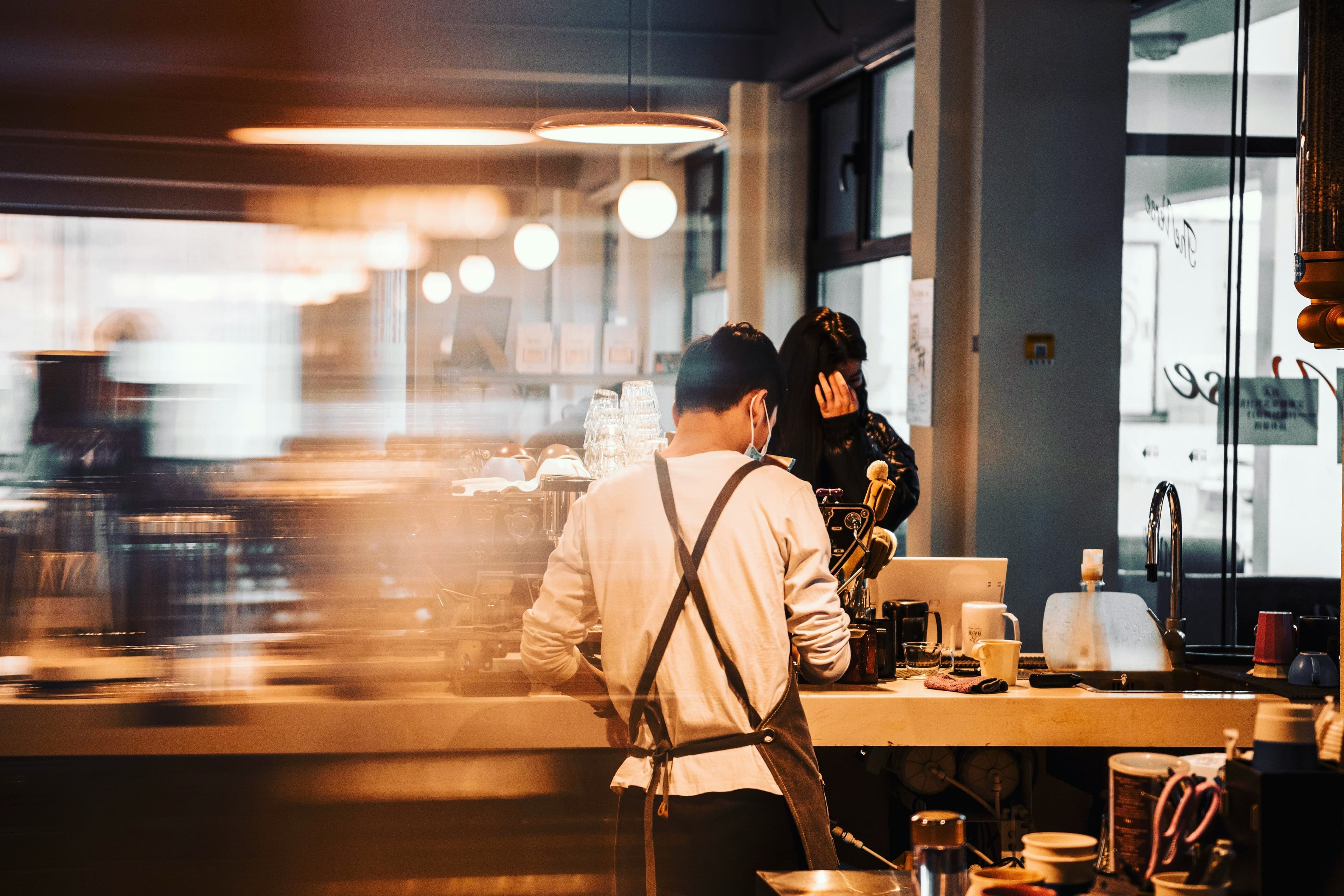The Drive-through decline: Why more customers are skipping the lines of drive-throughs

Last Tuesday, I stopped by Chick-fil-A during the lunch rush and noticed something different. The dining room was packed, with customers sitting at every table, chatting and eating. But outside? The drive-through lane that used to wrap around the building had only three cars waiting.
This wasn’t an isolated incident. All across the country, a quiet shift is happening in the quick-service restaurants.
The Decline in Drive-Through Orders
According to Restaurant Business Online, the percentage of QSR orders placed through the drive-through has declined by ONE THIRD since 2022. Meanwhile, in-store orders have risen by 20 percent and other channels like, digital carryout, delivery, and phone orders, are holding steady.
Drive through was an invention that took off in the 50s. After half a century, Americans are choosing a different experience, one that involves stepping out of the cars and entering the dining room.
The message is clear: drive-through is no longer the preferred way of ordering in the digital age.
The Golden Era of the Drive-Through
The drive-through didn’t start as the fast-food mainstay we know today. Born in the 1930s and took off in the 1950s, the expansion of drive-through perfectly aligned with Americans’ growing obsession with cars and convenience. QSRs built single lanes, then double lanes, eventually redesigning entire restaurants around serving customers who never left their vehicles.
For decades, drive-through was the gold standard for fast-food, processing millions of orders with mechanical efficiency. The formula was straightforward: faster services led to happier customers, and happier customers drove stronger sales.
But now, something fundamental has changed.
The Human Connection Matters
The restaurants winning today aren’t the ones with the fastest lanes. They’re the ones that make customers feel genuinely welcome.
Take In-N-Out Burger, for example. The brand has built a cult following by doubling down on employee-led service, refusing to install self-service kiosks, and prioritizing human connection. That approach pays off: In-N-Out consistently tops customer satisfaction rankings, earning an 80% satisfaction score nearly double that of McDonald’s and Burger King.
Starbucks also recognizes the power of human connection, keeping personal touches like drawing doodles on cups that add a bit of joy to the customer experience. The company has even expanded seating in many locations as an acknowledgment that these small, human moments are what keep customers coming back.
Research backs what these leading brands have long understood. According to the National Restaurant Association, dine-in guests spend 23% more per visit than drive-thru customers and they’re 35% more likely to return within 30 days.
Order Ahead via Mobile, Online and Phone Orders
As consumers grew more accustom to instant gratification, being stuck in the line for drive through has become a less satisfying and more frustrating experience. More customers choose to place orders ahead and then pick up the food to avoid waiting inline.
The Real Cost of Empty Lanes
Here’s the uncomfortable truth: restaurants have invested billions in drive-thru infrastructure that customers are increasingly choosing to avoid nowadays. Each square foot dedicated to drive-thru lanes could instead host dining room seating where customers typically spend more, stay longer, and engage more deeply with your brand.
This isn’t about abandoning drive-thru entirely as they still serve millions of customers who prioritize efficiency. The real challenge lies in creating a balanced experience that satisfies both customers seeking quick service and those craving more meaningful engagement.
The Future Is About Choice, Not Lanes
The drive-through isn’t dying; it’s evolving. The future belongs to restaurants that understand customers don’t want to choose between convenience and connection. They want both, on their own terms.
Some days, you need to grab lunch in two minutes flat. Other days, you crave a slower pace, chatting with the staff and reconnecting with what made you fall in love with this restaurant in the first place.
Technology should enhance both experiences instead of forcing customers into a single way of ordering. When guests can order ahead for convenience and still enjoy genuine, human connection, everyone benefits.
The future of fast food isn’t about replacing what already works, it’s about building on that foundation with smarter systems that offer the flexibility today’s customers expect.

